Can you answer these real Jeopardy questions about cats?
Pets

Audio By Carbonatix
By Madison Troyer, Stacker
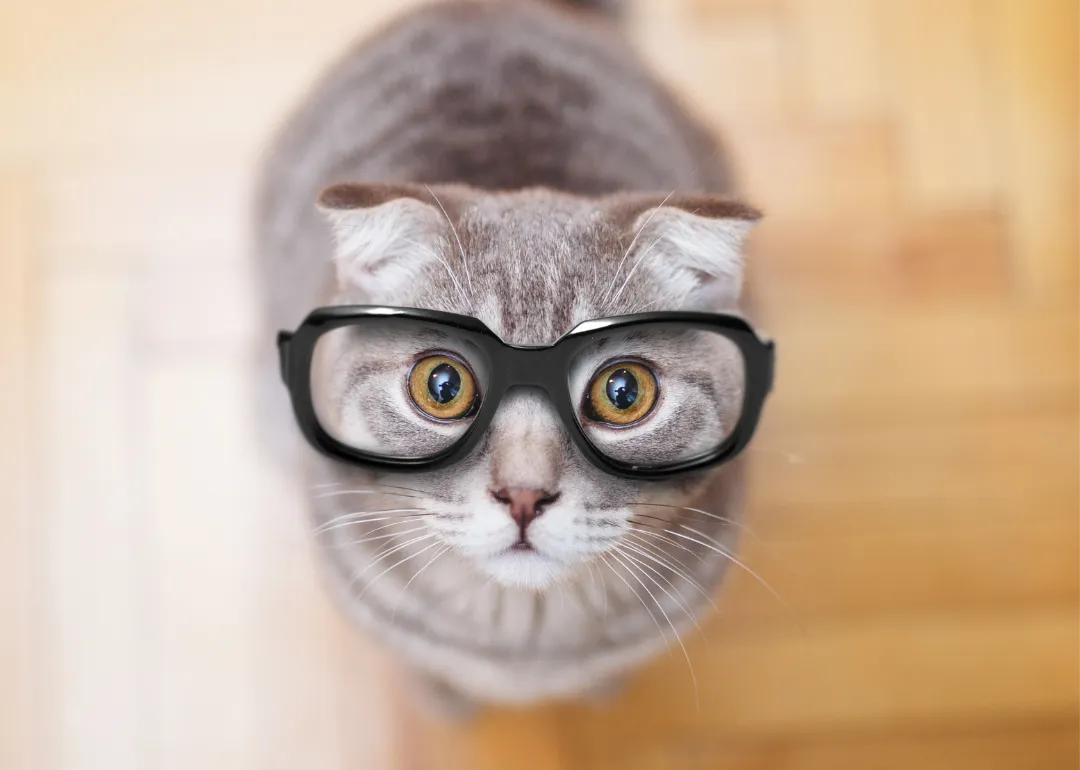
Can you answer these real Jeopardy questions about cats?
Cats are one of the most divisive domesticated pets: you either love them or hate them, and there's rarely any in-between. It turns out cats may feel the same way about us. Research published in Nature Ecology & Evolution shows that cats lived alongside humans for thousands of years before they were domesticated ("The palaeogenetics of cat dispersal in the ancient world").
The earliest ancestors of today's domesticated pets came from Southwest Asia into Europe as early as 440 B.C. It seems likely that these animals were following the rodent population, which was following crops and other agricultural byproducts created by the farming communities that were settling in the Fertile Crescent some 8,000 years ago. This mutually beneficial human-cat relationship lasted for years and essentially led to cats domesticating themselves.
A second line of ancient cats dominated Eqypt, spreading into the Mediterranean and the rest of the old world around 1500 B.C. Researchers believe that these African cats had positive personality traits like friendliness and tameness that made them attractive to humans, which encouraged people to bring them along on trade routes as rodent control (a move that increased their range).
Today's house cats have a genetic makeup that is nearly identical to their ancient ancestors and wild cousins. They've also become the second most popular pet globally, after dogs, with 23% of pet owners reporting that they own at least one cat, according to a GfK SE consumer research survey. But how much do we really know about our feline companions?
Stacker has rounded up some of the most interesting and challenging Jeopardy questions about cats to test your feline knowledge. Pulled from the J! Archive, a fan-created archive of "Jeopardy!" games and players, these questions will assess how much you know about individual breeds, cat health, and famous cats throughout history. Read on to see how well you stack up.
You may also like: 30 ways cats are not that different from dogs

Clue #1
- Clue: The first kitten born via this method was named C.C. by Texas A&M researchers; some say it's for "copy cat."
- Category: Tell Me Something I Don't Know
- Value: $400
- Date episode aired: May 12, 2016
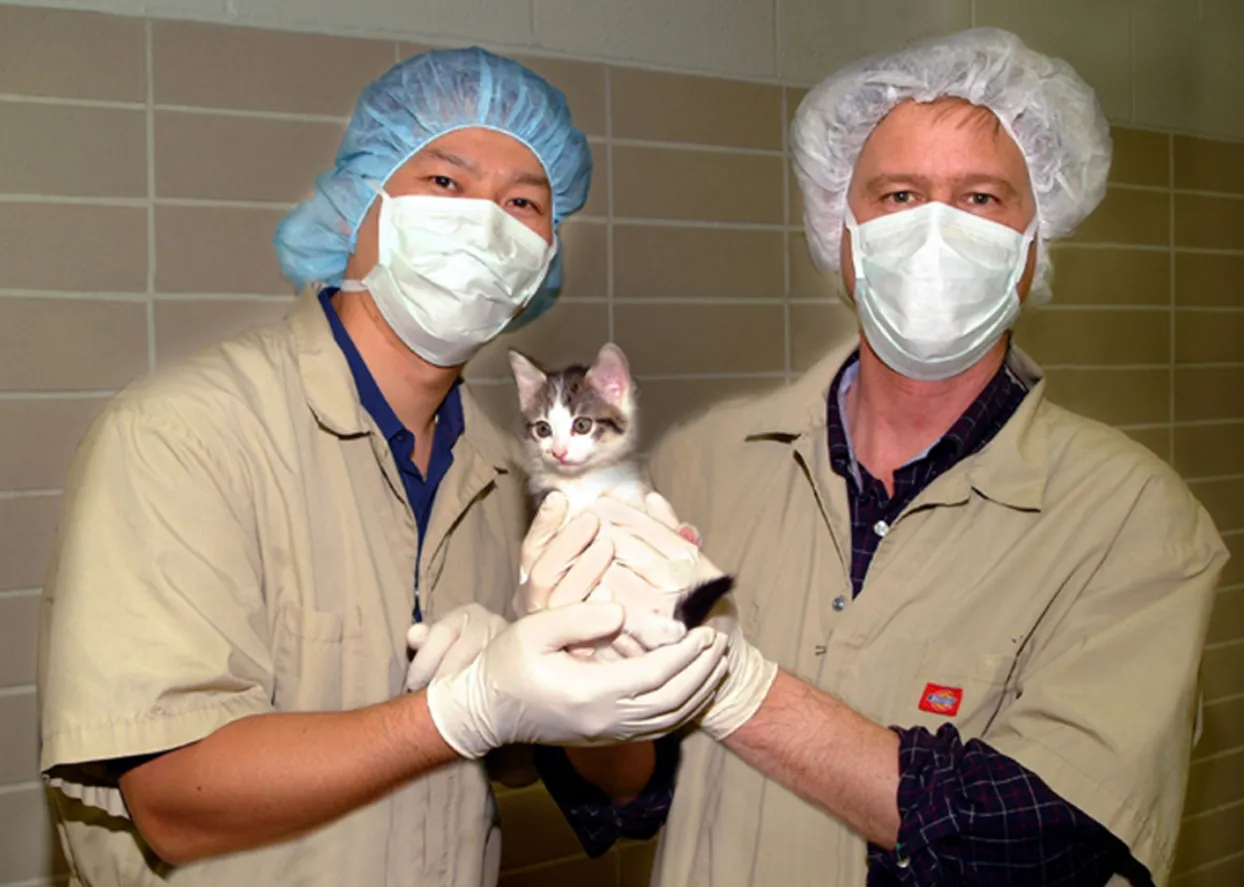
Answer #1: Cloning
C.C. was the first successful product of a program aimed at owners who wished to clone their beloved pets. Cloned from a cumulus cell, C.C., a calico-and-white shorthair, appeared similar to her genetic mother, although not completely identical, and totally different from her birth mother, a tabby cat. It took researchers 188 tries and 82 embryos to bring C.C. into the world.

Clue #2
- Clue: This breed traces its ancestry back to 1975 with the birth of a kitten named Epidermis; at least she had a nose.
- Category: The Pussycat
- Value: $600
- Date episode aired: June 10, 2014
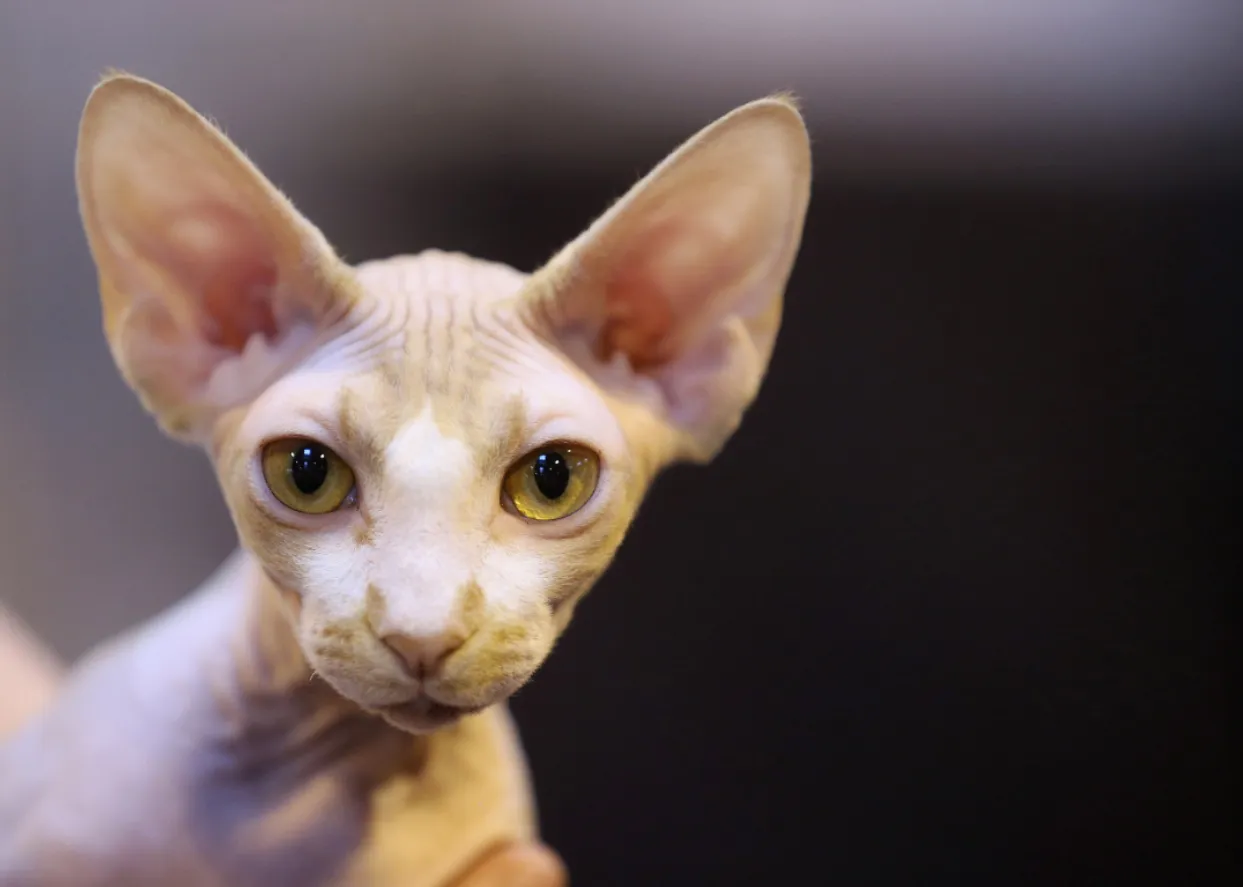
Answer #2: The Sphynx
A natural genetic mutation led to the birth of the first hairless kitten in Toronto, Canada. While not always totally hairless, some types of Sphynx cats can have a fine down of hair which is particularly concentrated on their nose, ears, toes, and tail. When bred properly, Sphynx cats are a robust breed with very few health problems.

Clue #3
- Clue: Mother cats carry their newborn kittens by this part of the neck.
- Category: Double "F"
- Value: $1200
- Date episode aired: April 30, 2012
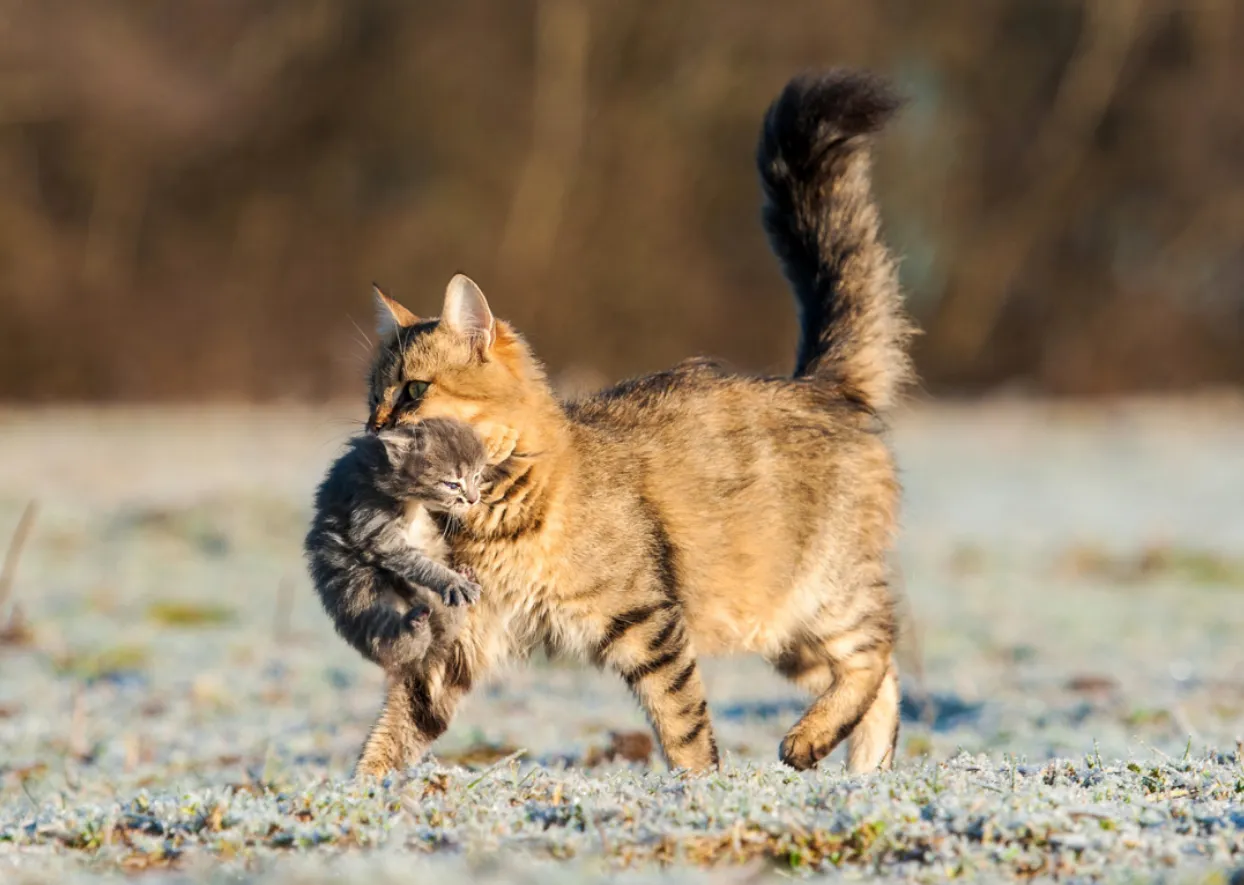
Answer #3: The scruff
Cats carry their kittens by the scruff (back of the neck), in which kittens often react by becoming calm and motionless. This docile reaction allows their mothers to easily transport them from place to place. Thus, a mother cat can move her litter of kittens as quickly as possible in order to keep them safe.

Clue #4
- Clue: A meep is a type of this, perhaps made by a kitten or a groundhog.
- Category: New In 'Oxford'
- Value: $200
- Date episode aired: May 16, 2013
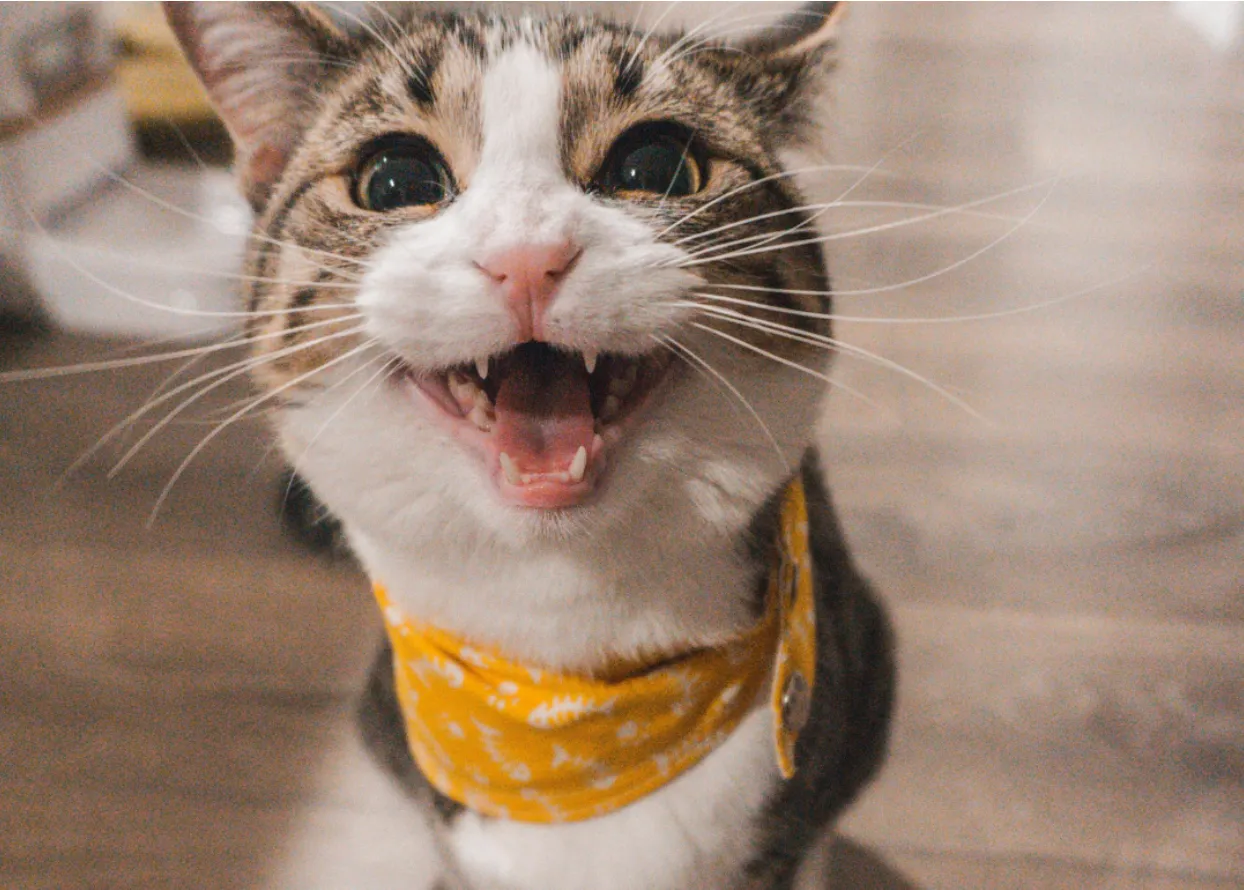
Answer #4: A sound
Many pet owners are unaware that next to birds, cats possess the widest vocalization range of any domestic pet. While some breeds are more vocal than others, a meep, which is usually learned in kittenhood, is generally viewed as a cat's way of getting its owner's attention.

Clue #5
- Clue: In 1996, a cat named this dashed into a burning NYC building five times to pull her kittens out, and frankly we do give a damn.
- Category: Mother Nature
- Value: $800
- Date episode aired: Sept. 18, 2009
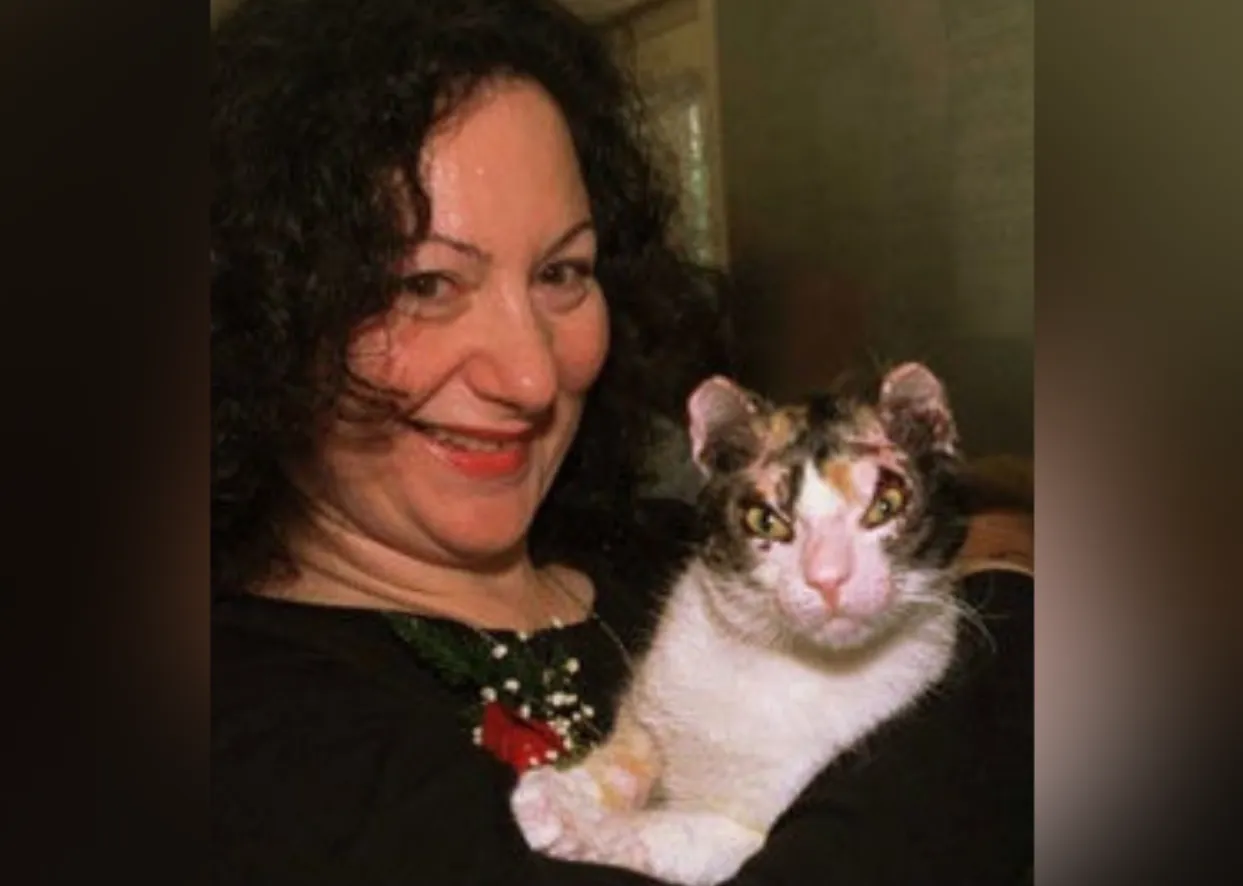
Answer #5: Scarlett
When the Brooklyn garage she'd been raising her brood in caught fire in 1996, Scarlett, a calico cat, rushed back inside the building five separate times to save each member of her litter. Despite suffering multiple burns on her eyes, ears, and face, Scarlett survived and was adopted later that year. She became the subject of her own book "Scarlett Saves Her Family" and was mentioned on the "Oprah Winfrey Show" before passing away in 2008.

Clue #6
- Clue: Siamese kittens develop their full adult color within a few months, but are born mostly this color.
- Category: Cats & Dogs
- Value: $400
- Date episode aired: Sept. 28, 2007
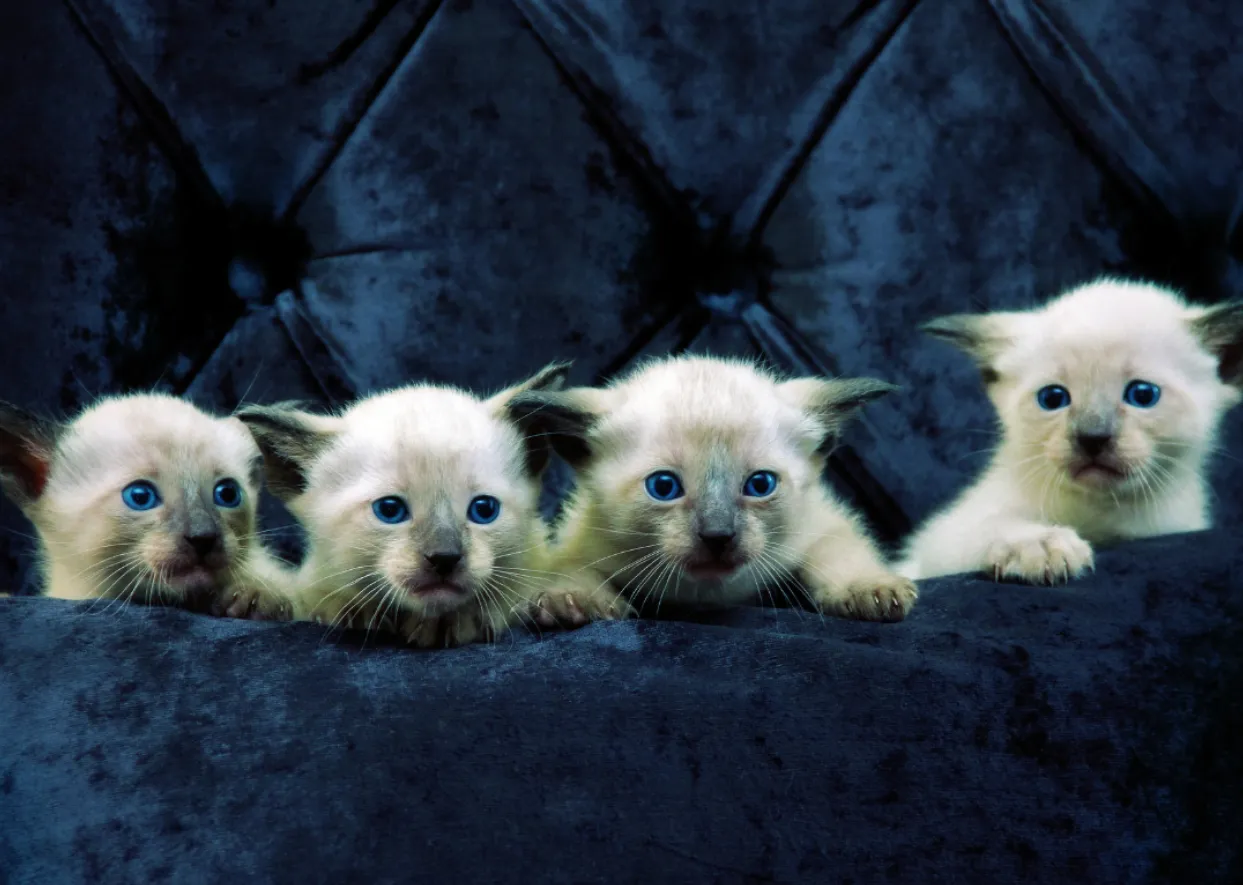
Answer #6: White
Siamese cats are temperature-sensitive albinos. Fresh out of the womb, the kittens' body temperatures are high enough that they appear totally white. Several weeks later, as their body temperatures begin to drop, their ears, paws, tail, and face (which are generally a few degrees cooler than the rest of a cat's body) begin to darken up.

Clue #7
- Clue: Kittens have 26 of these, adult cats 30.
- Category: Cats
- Value: $400
- Date episode aired: May 19, 2004
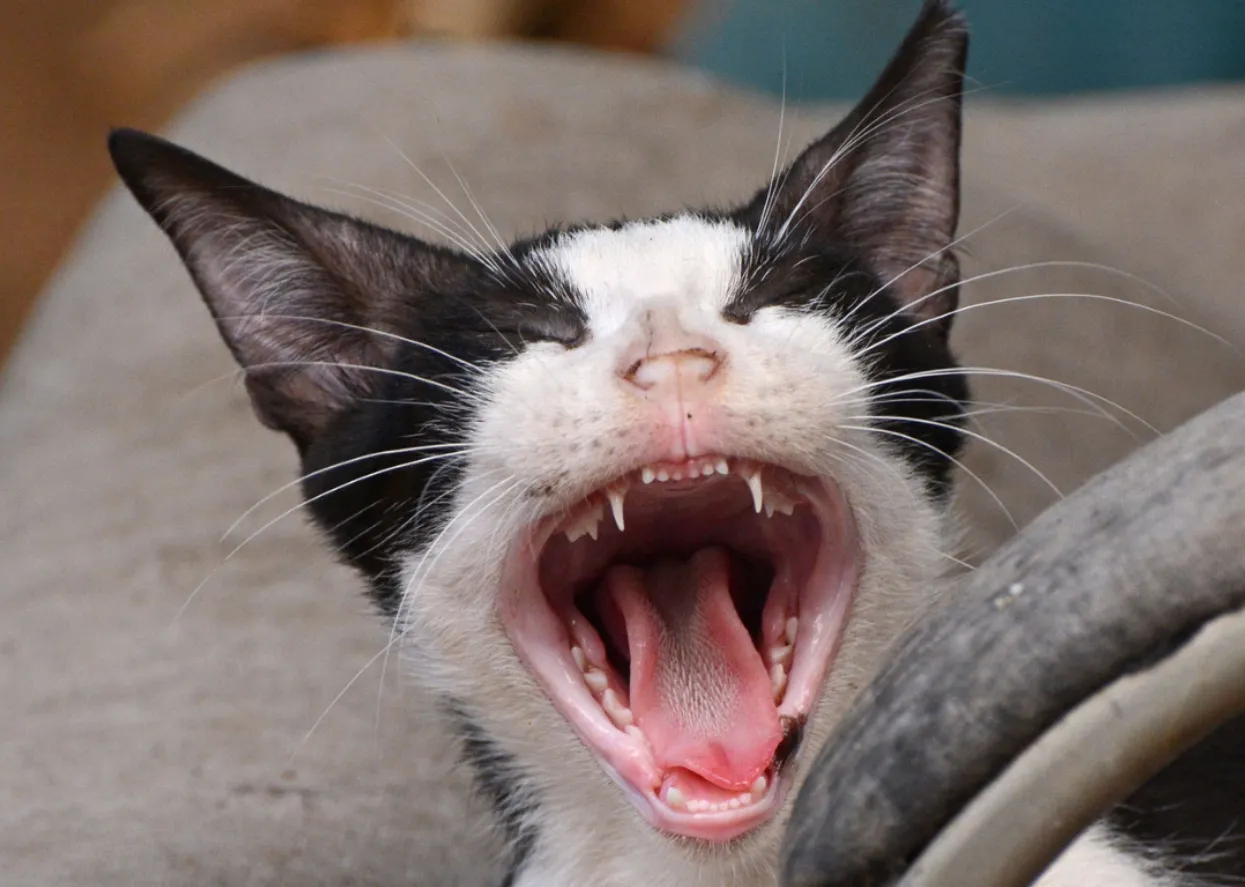
Answer #7: Teeth
Kittens get their first teeth—their front incisors, and long, pointy canines—around the age of 3 to 4 weeks. Permanent teeth erupt between 11 to 16 weeks, and with the drop of the molars by 20 to 24 weeks, cats will have a full mouth of teeth.

Clue #8
- Clue: A tabby cat named Dusty produced exactly 420 of these during her life, a world record.
- Category: Reigning Cats & Dogs
- Value: $100
- Date episode aired: March 9, 1999
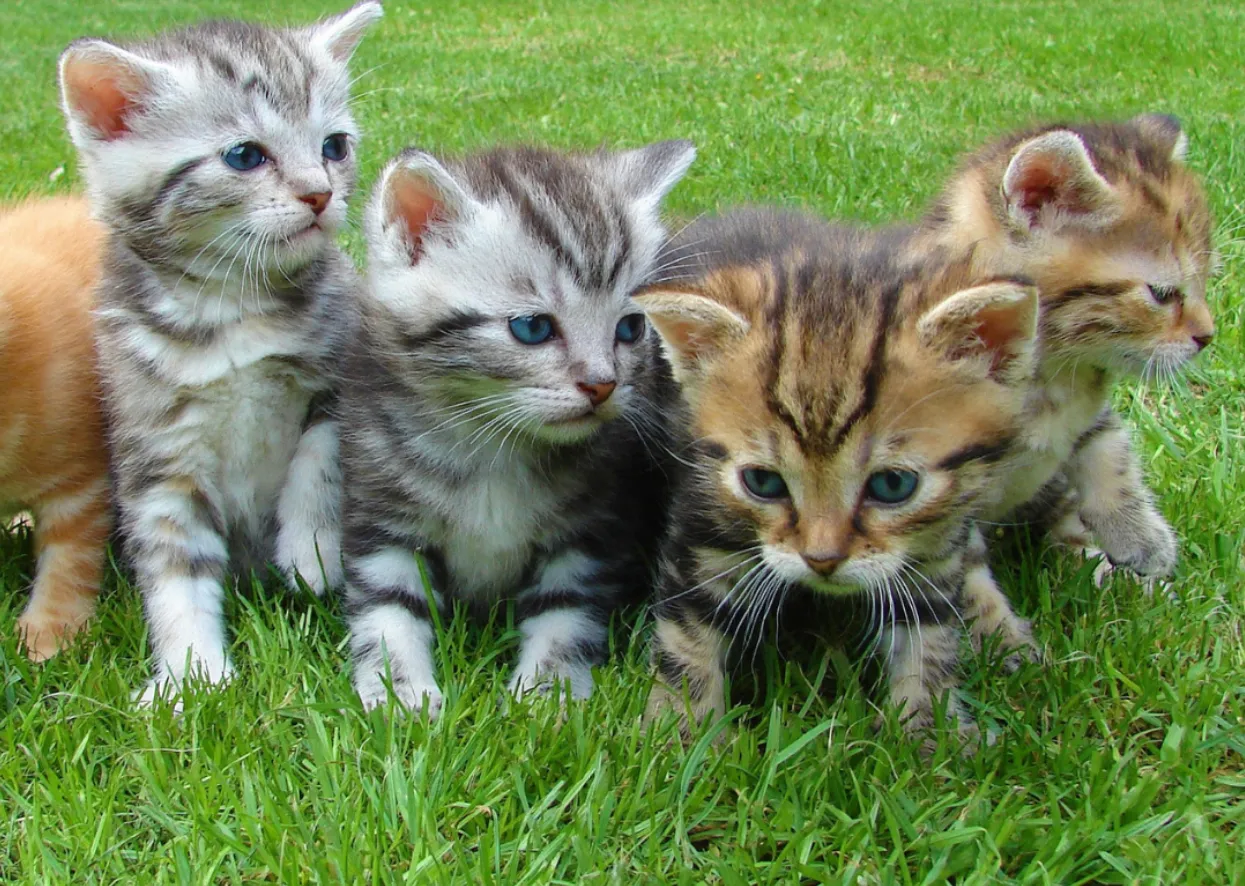
Answer #8: Kittens
Officially entered into the Guinness Book of World Records as the most prolific cat, Dusty, a Texas-born tabby cat, produced 420 kittens during her breeding life. Her final litter, a single kitten, was born on June 12, 1952.

Clue #9
- Clue: The striped and brindled coat of yon cat now hath its own name, this.
- Category: New Words in the 1600s
- Value: $400
- Date episode aired: Jan. 10, 2017
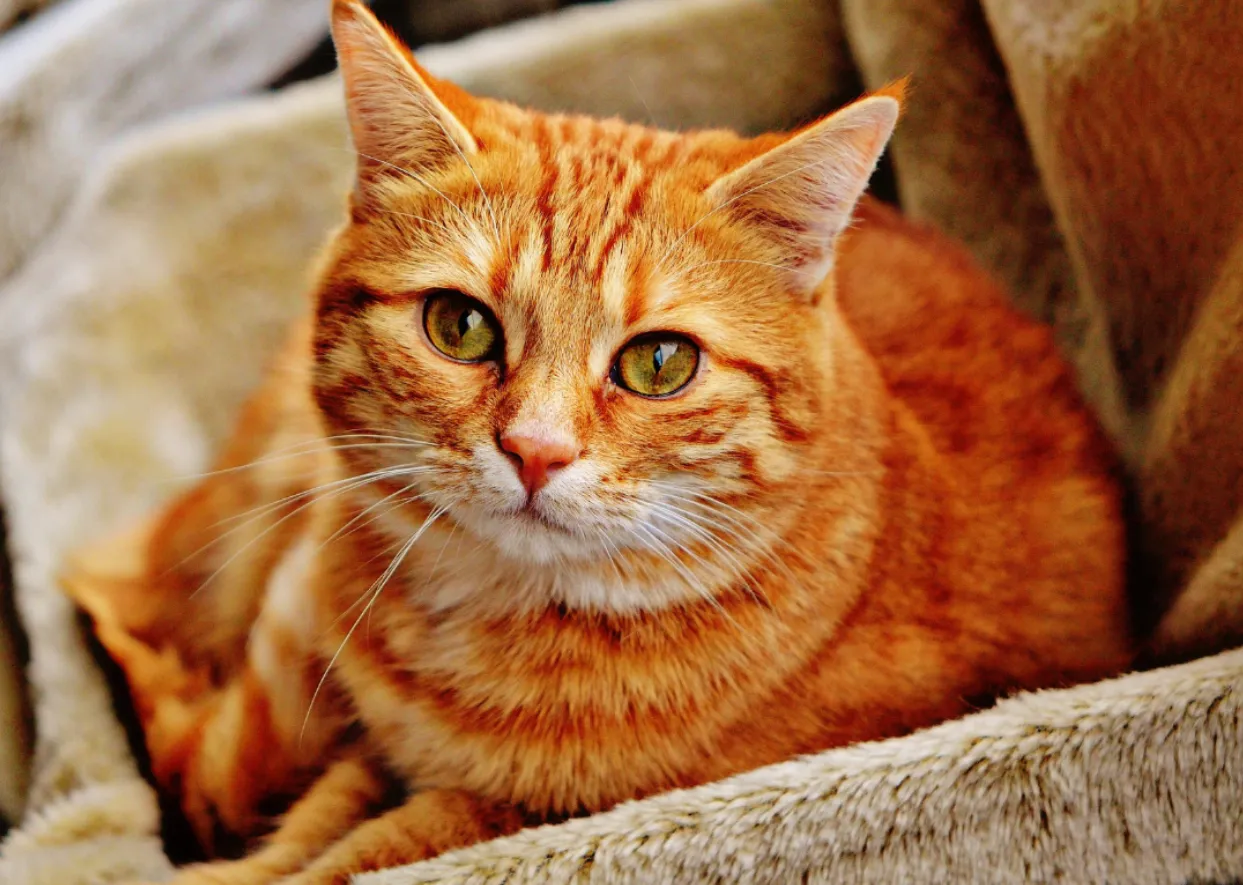
Answer #9: Tabby
Tabby cats are not a specific breed of cat, but rather any domesticated cat whose fur has a distinctive pattern that features stripes, dots or swirls. Orange tabby cats, perhaps the most recognizable of this type, are usually males, while females tend to have black, brown, grey or white coats. The tabby cat name comes from a type of "rich watered silk" that originated in Baghdad.

Clue #10
- Clue: According to the Cat Fanciers' Association, the top breed of pedigreed cat is this feline with a Middle Eastern name.
- Category: Top of the List
- Value: $800
- Date episode aired: Oct. 24, 2011
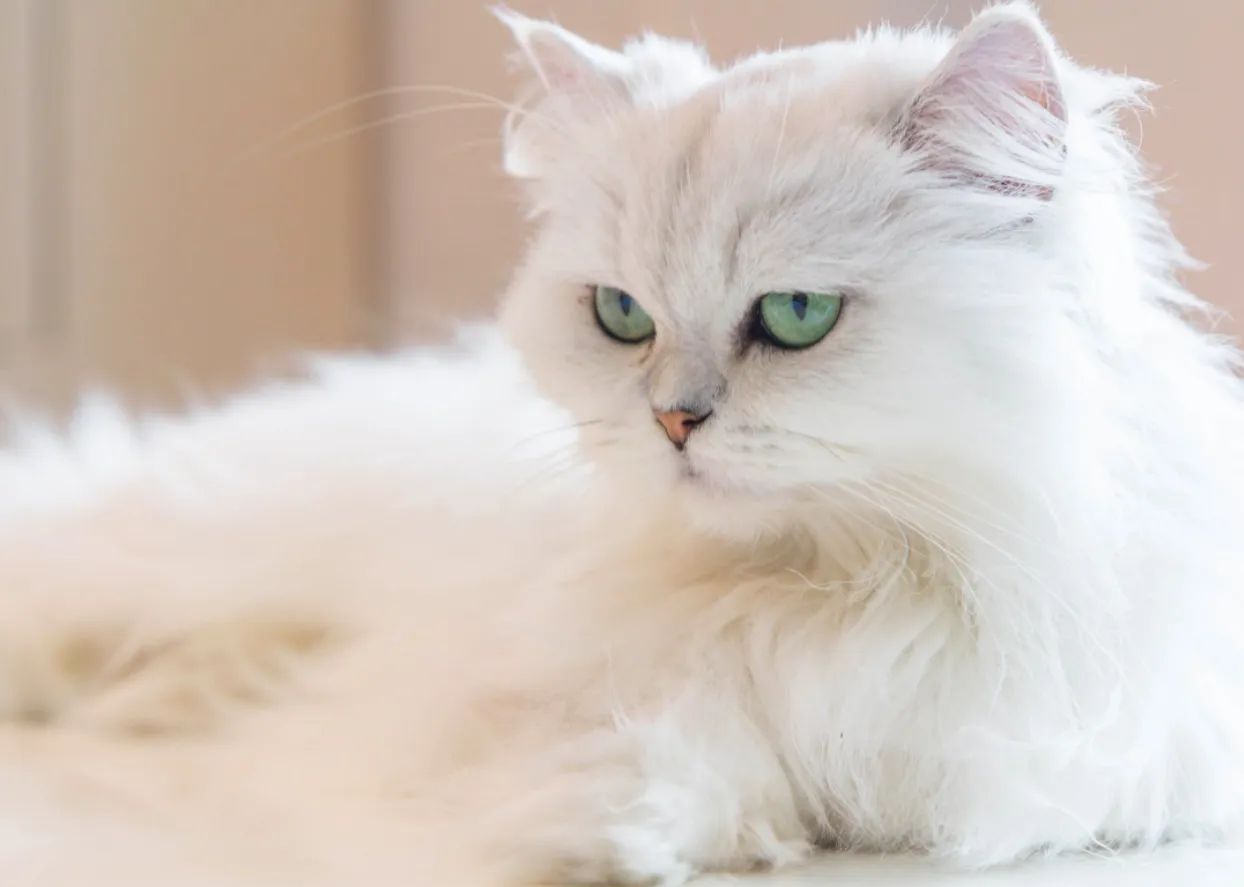
Answer #10: Persian
The most popular pedigreed cat in North America, and perhaps the world, is the Persian cat. With a history that dates back to before the Victorian era, these long-haired cats are sweet and docile. White Persian cats are the most common variety, but their fur does come in other colors and patterns.

Clue #11
- Clue: The largest domestic cat, it originated in New England and resembles a raccoon.
- Category: Cats
- Value: $800
- Date episode aired: Feb. 16, 2005
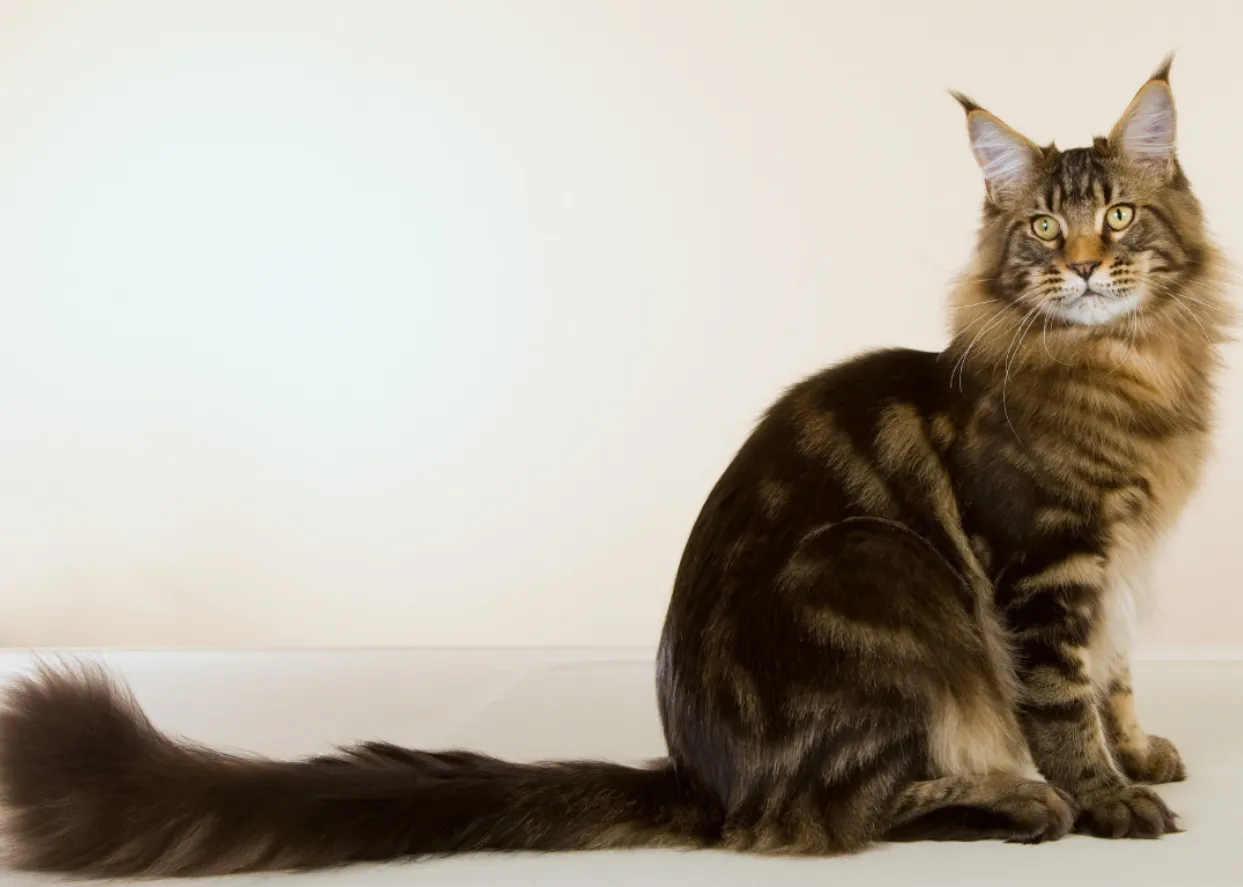
Answer #11: A Maine Coon
The oldest cat breed native to America, the Maine Coon cat is also the largest domestic cat breed. Weighing 9 to 18 pounds, these cats are friendly, communicative, and like attention. Much like dogs, they can be trained to walk on a leash and play fetch.

Clue #12
- Clue: This cat breed is named for its propensity to lie limply in its owner's arms.
- Category: What "R" We?
- Value: $1,200
- Date episode aired: April 2, 2009
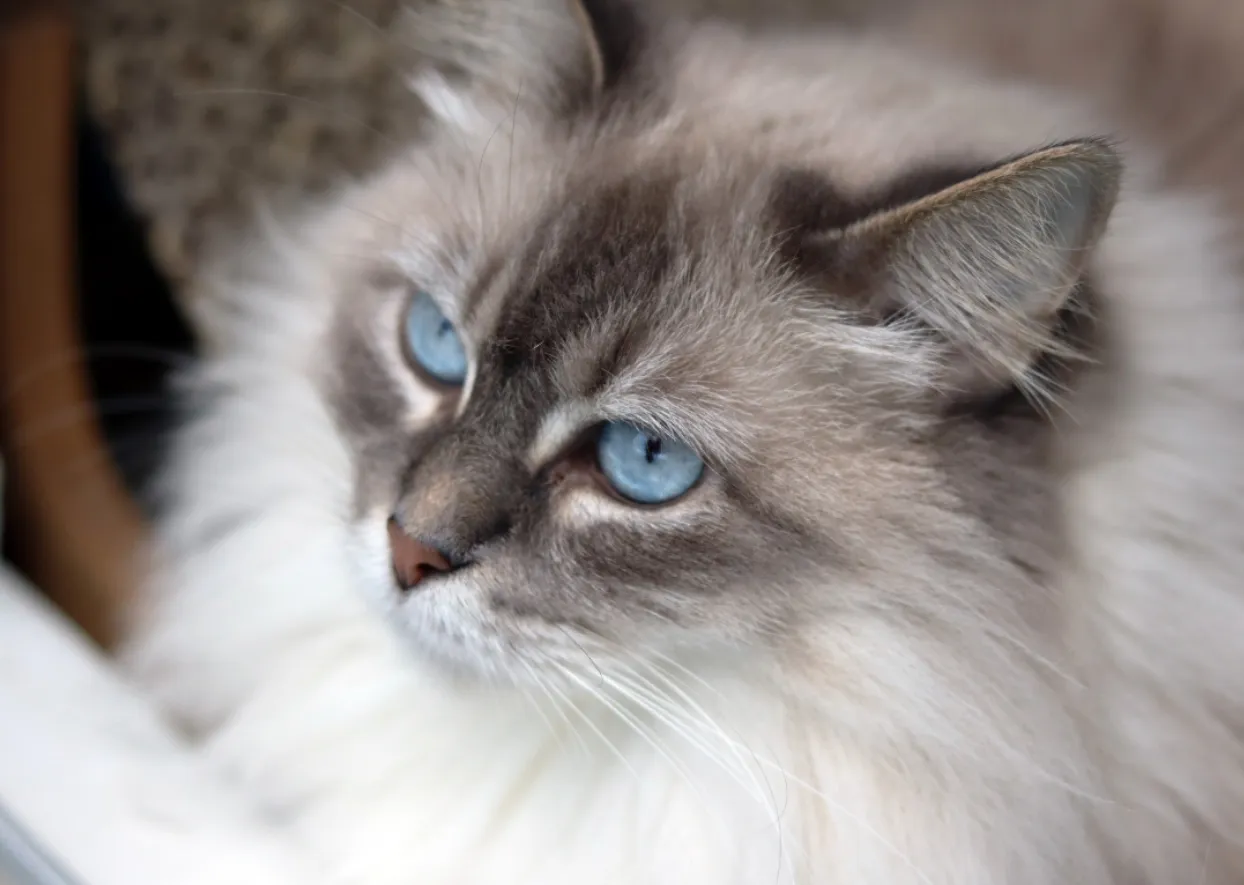
Answer #12: The ragdoll cat
Semi-longhaired cats, ragdolls mimick Siamese cats in that their bodies tend to be lighter in color while their nose, tail, ears, and toes are darker. These cats are gentle and more interested in humans than many other breeds. They were developed in the 1960s by a breeder named Ann Baker.

Clue #13
- Clue: A splinter group of ragdoll cat, breeders call their breed this because it descended from street urchin cats.
- Category: Cats
- Value: $1,000
- Date episode aired: Feb. 16, 2005
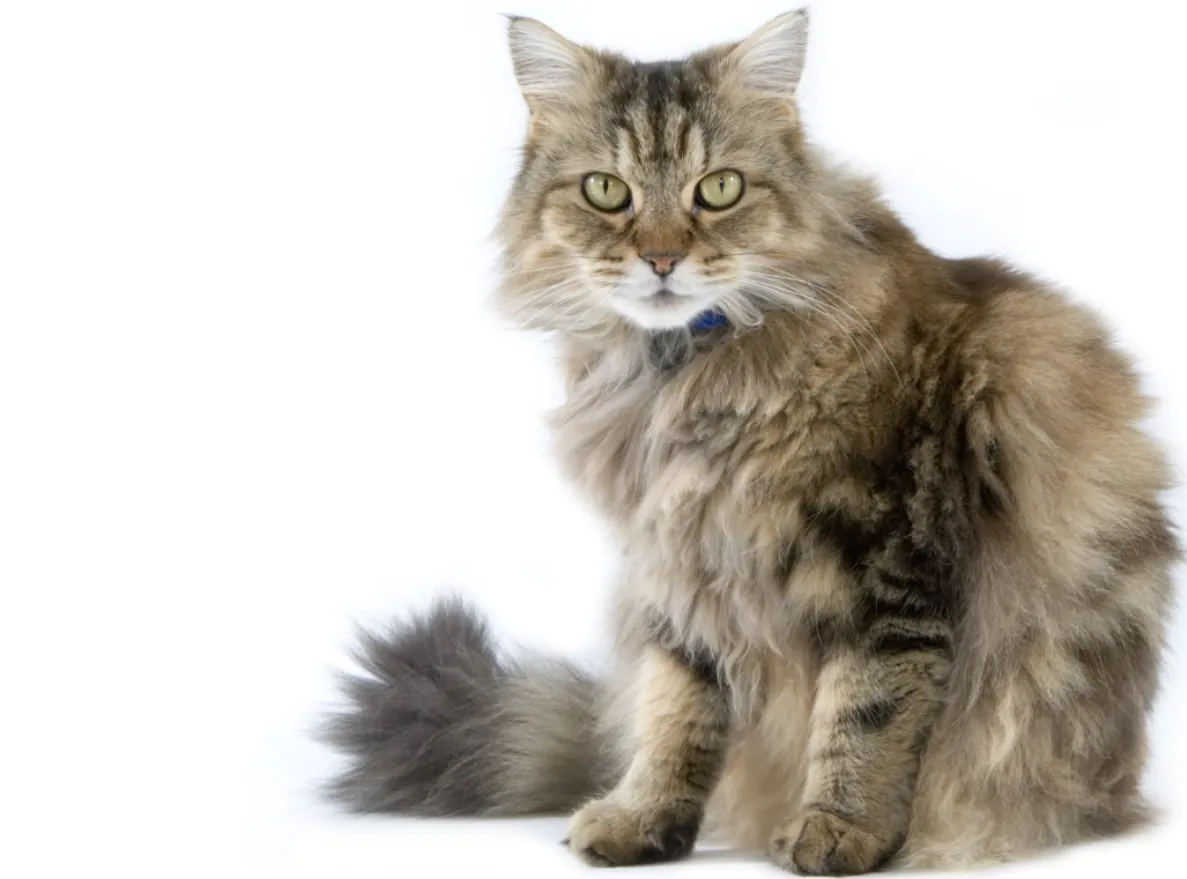
Answer #13: Ragamuffin
Cousins with the ragdoll cat, ragamuffins are their own separate breed and come in far more colors and patterns. Typically an indoor cat, ragamuffins are cuddly, playful, and completely attached to their owners.

Clue #14
- Clue: The ocicat is so named because the daughter of the original breeder thought it looked like this wild cat.
- Category: Cats & Dogs
- Value: $1000
- Date episode aired: Nov. 15, 1996
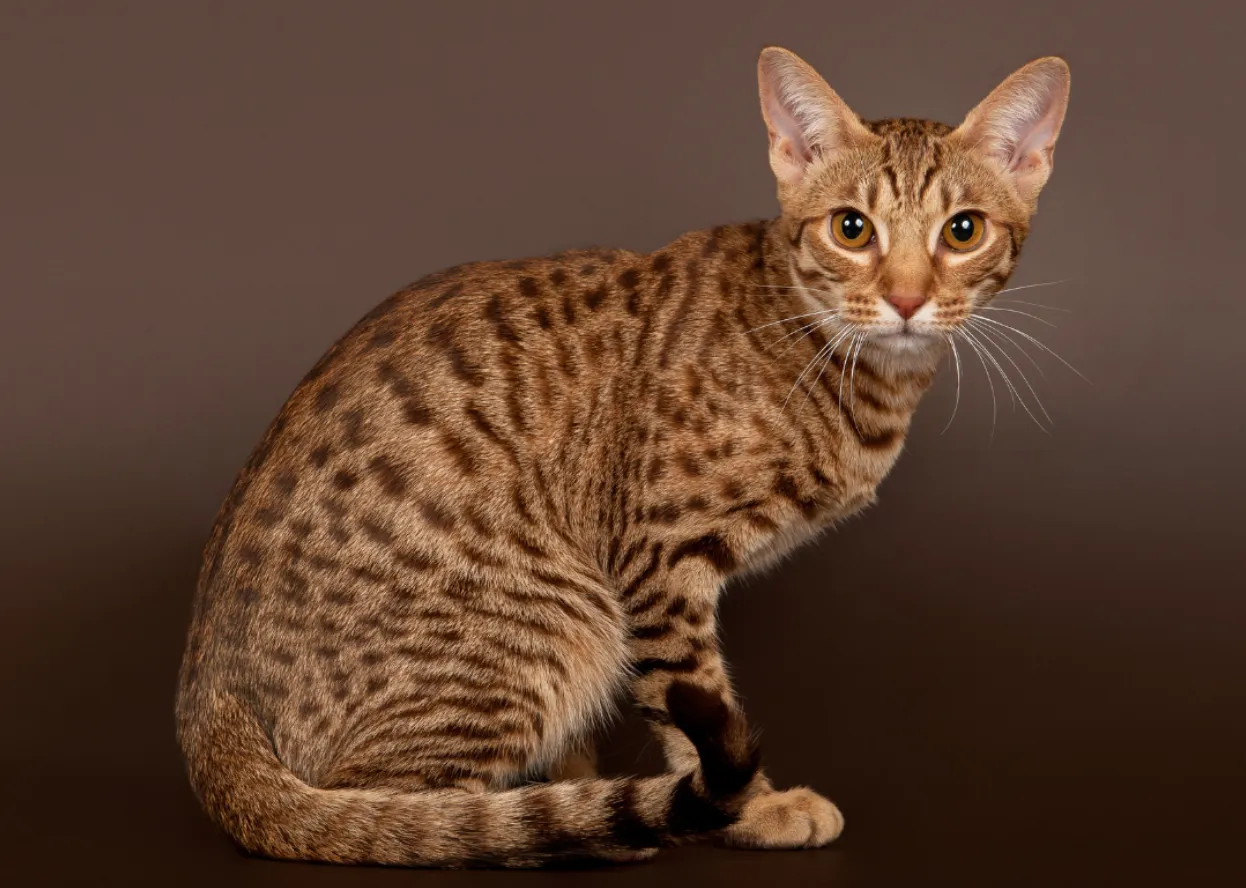
Answer #14: Ocelot
The only spotted domestic breed to be bred exclusively to mimic the spotted cats of the wild, the ocicat was first bred in 1964. Strong and athletic, these cats mimic their wilder cousins in other ways as well.

Clue #15
- Clue: This man says his famous feline is a composite of all the cats from his childhood rolled into one feist furball.
- Category: In the Funny Papers
- Value: $1,600
- Date episode aired: Jan. 8, 2014
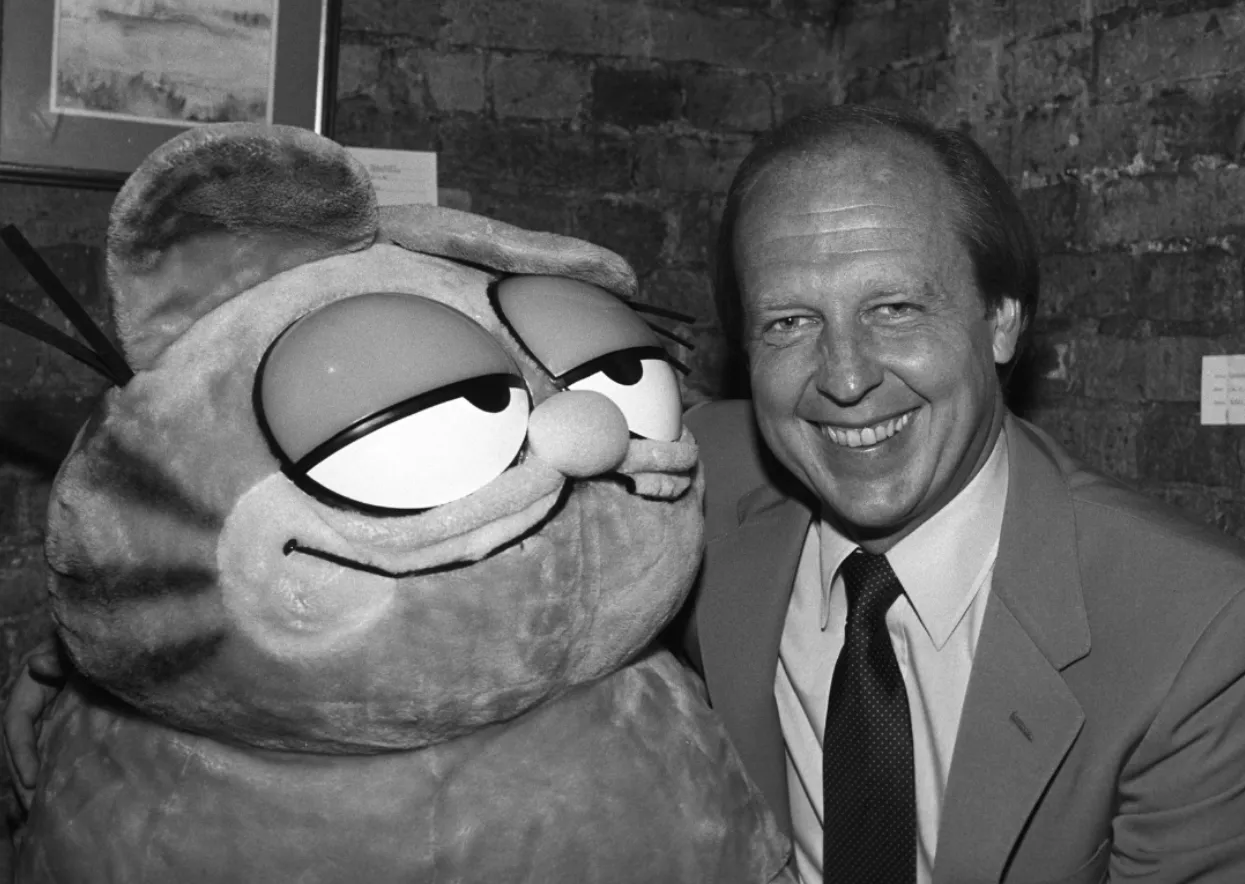
Answer #15: Jim Davis
Garfield made his debut on June 19, 1978. The fat, wise-cracking, lasagna-loving cat was named after creator Jim Davis' grandfather James A. Garfield Davis. All 11 Garfield comic books have been on the New York Times best-seller list, and the comic holds the Guinness World Record title for being the most widely syndicated strip in the world.

Clue #16
- Clue: In competition, this term used for the cats seen here is for any cat under 8 months old.
- Category: Gettin' Catty
- Value: $100
- Date episode aired: Sept. 18, 1998
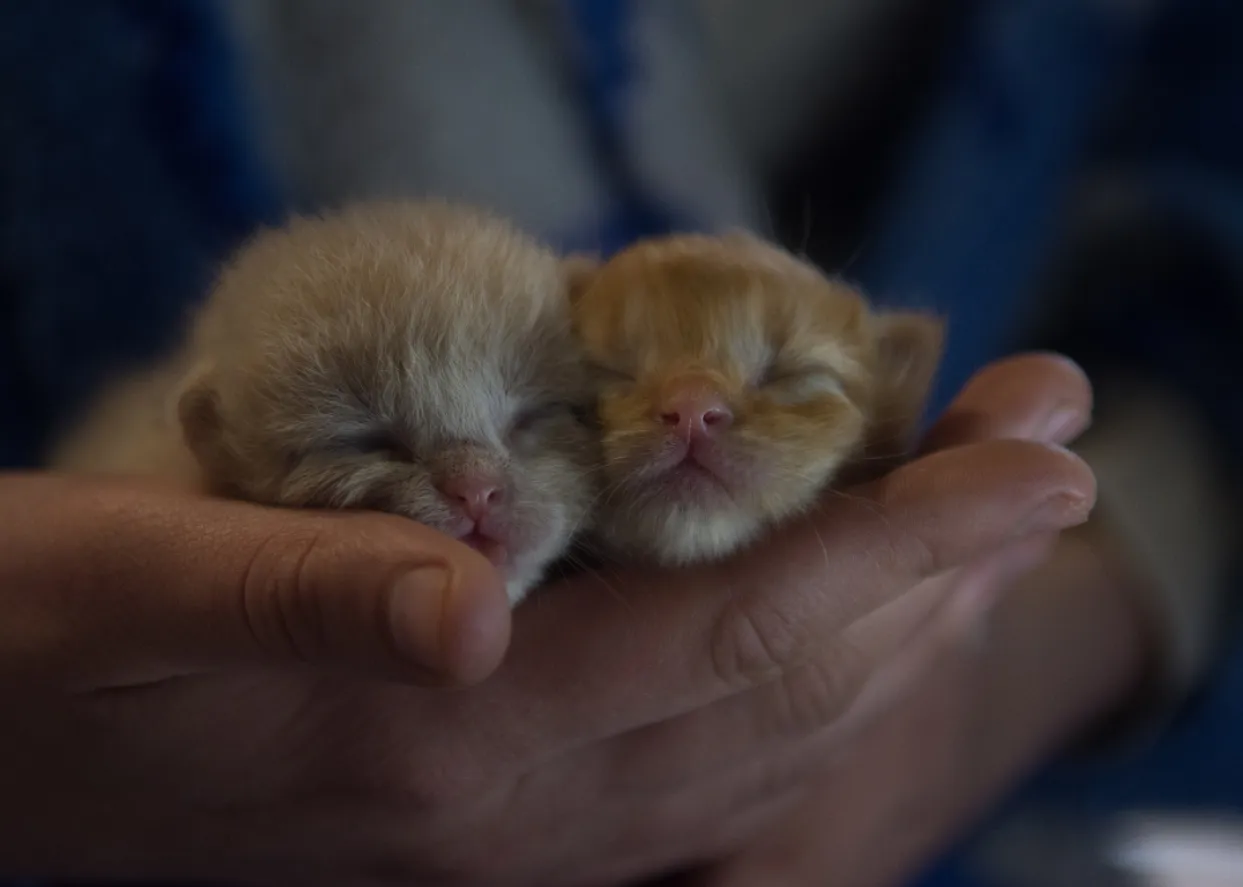
Answer #16: Kitten
At seven days old, most kittens are smaller than your hand with eyes that are just starting to open and ears that are just starting to unfold. By 5 weeks, a kitten's eyesight is fully matured; by 8 weeks, they are fully weaned, and by 12 weeks, they can be separated from their mother and adopted out to new homes.

Clue #17
- Clue: Members of this cat breed, seen here, aren't really blue, comrade, nor do they have to be from Moscow.
- Category: Gettin' Catty
- Value: $500
- Date episode aired: Sept. 18, 1998
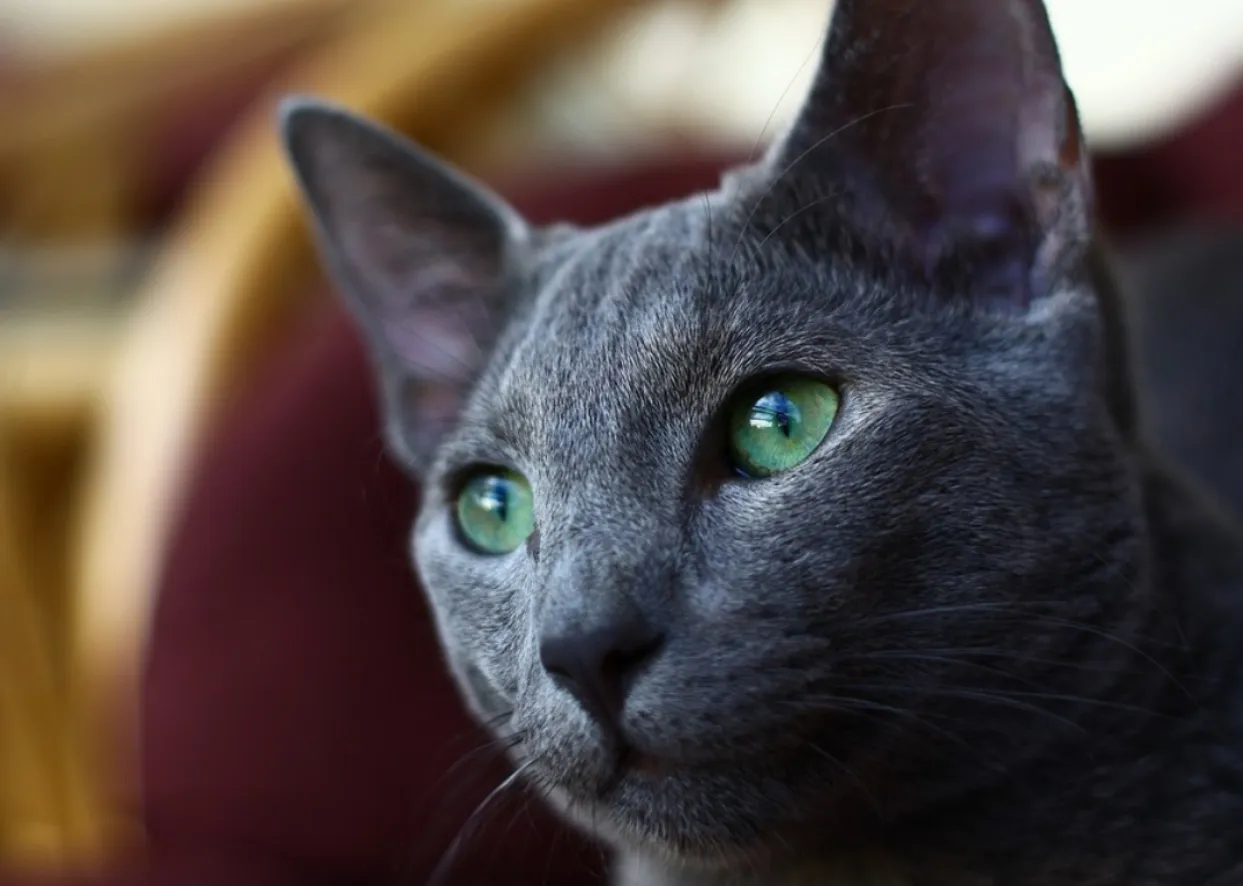
Answer #17: Russian blue
While they're not the only blue cat breed in the world, Russian blue cats stand out thanks to their emerald eyes and plush coats. Originating in the Archangel Isles in Northern Russia, they were the preferred breed of Russian Czars. While they may be fierce hunters, these cats are clingy and can be slightly needy once they become attached to humans.

Clue #18
- Clue: This contagious and often fatal disease affects both dogs and cats; in cats, it's also known as panleukopenia.
- Category: "Dis" Is It
- Value: $800
- Date episode aired: Jan. 16, 2018
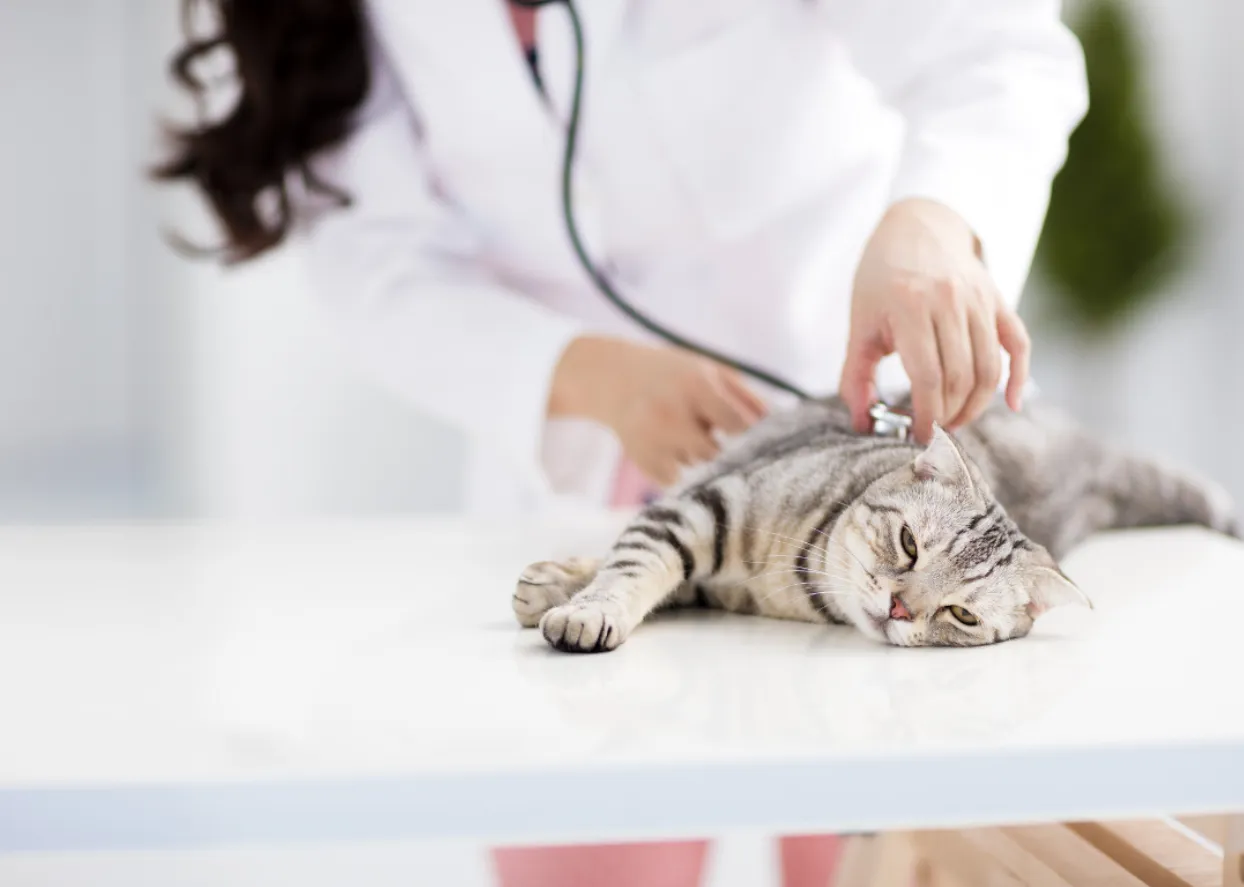
Answer #18: Distemper
A cat that contracts panleukopenia contracts a virus that kills all of its white blood cells, which can lead to an anemic condition and can open the body to other infections. Kittens between the ages of 2 to 6 months are most at risk for contracting the virus. Keeping your cat's vaccinations up to date is the safest way to ensure they won't get sick.

Clue #19
- Clue: Bast was the cat-headed goddess of this ancient culture, which also left thousands of cat mummies.
- Category: Cats & Dogs
- Value: $1200
- Date episode aired: Dec. 4, 2014
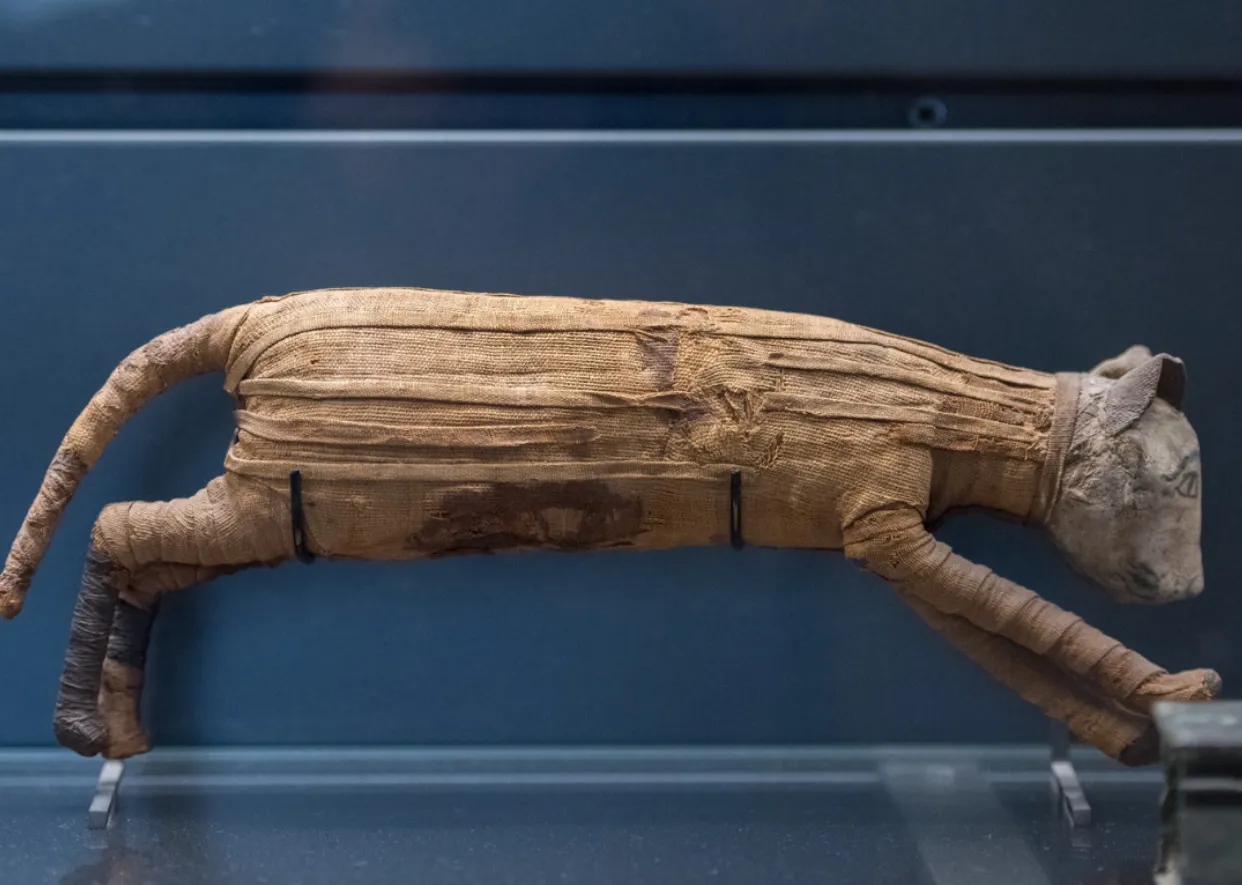
Answer #19: The Egyptians
Cats held an important role in ancient Egyptian culture as protectors of the home, keeping it clear from things like asps, rats, and venomous scorpions—all of which could spread disease or even cause deaths. As such, Egyptians began regarding domesticated cats as a part of their family and would mourn their deaths the same way they'd mourn those of a beloved child.

Clue #20
- Clue: You can tell a Sphynx cat by its lack of hair; a Manx, by its lack of this.
- Category: Cats & Dogs
- Value: $1600
- Date episode aired: Dec. 4, 2014
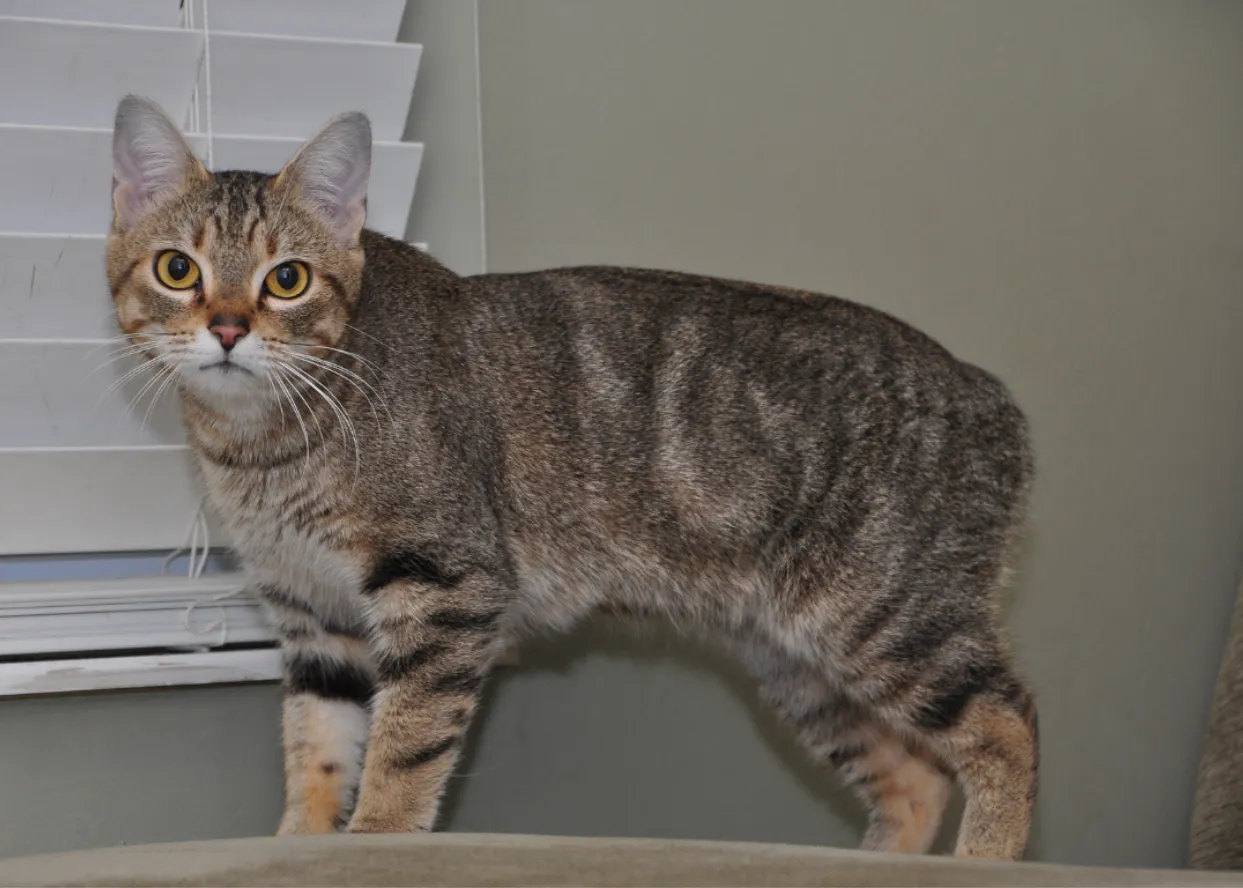
Answer #20: A tail
Hailing from the Isle of Man, Manx cats' most distinctive features are their lack of tail and round body shape. Stimpy, of "The Ren and Stimpy Show," is a Manx cat.

Clue #21
- Clue: This Turkish cat was nearly extinct by the early 1960s; a Turkish zoo began a breeding program that saved them.
- Category: Cats & Dogs
- Value: $2,500 (Daily Double)
- Date episode aired: June 10, 2010
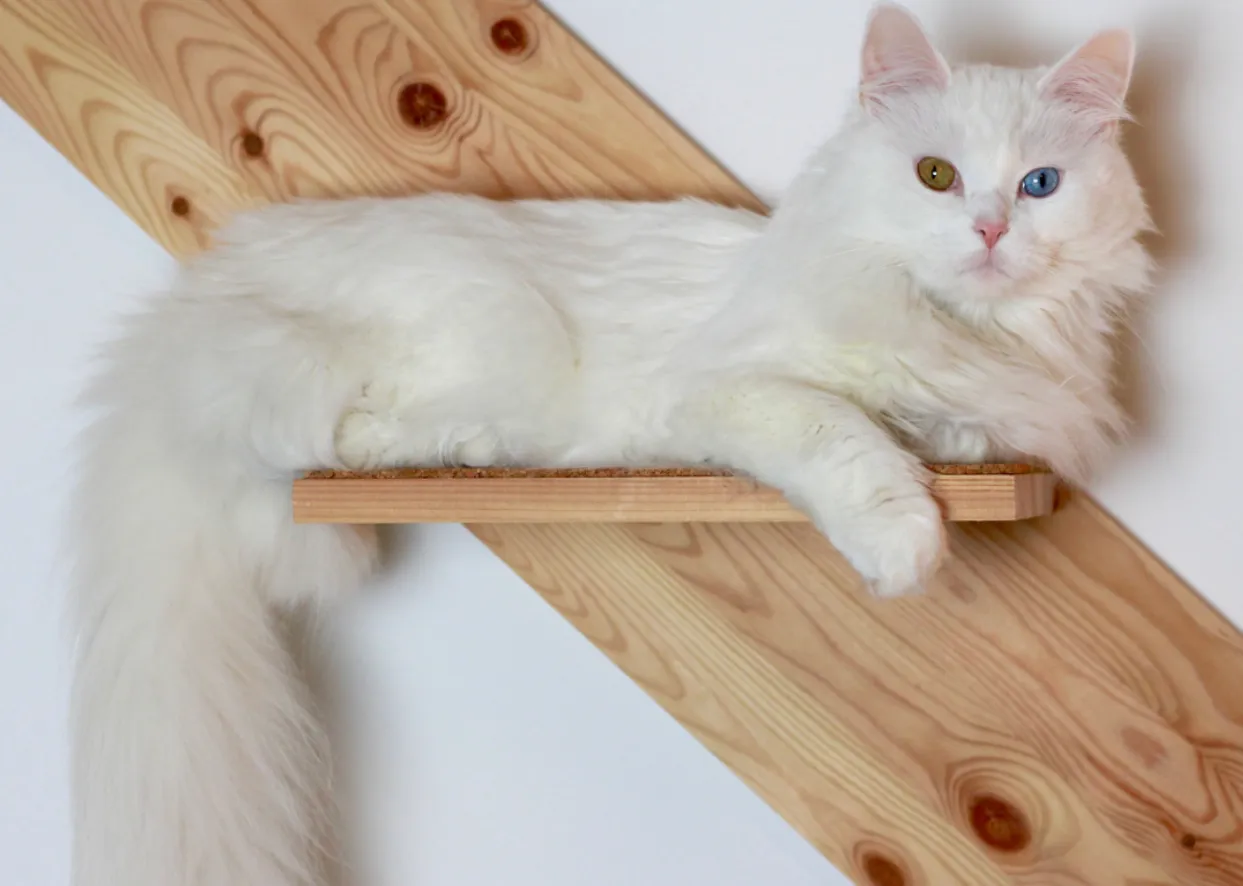
Answer #21: Angoras
The Turkish Angora cat is considered a national treasure in its homeland. Intelligent, loving, and playful, these cats are great for families and young children. They were saved from extinction by the Ankara Zoo, which means that nearly all Turkish Angoras in the world today can trace their lineage back to Turkey.

Clue #22
- Clue: In 1947, Ed Lowe gave a neighbor absorbent clay for her feline's box; he soon packaged the clay under this name.
- Category: Inventors & Inventions
- Value: $400
- Date episode aired: July 22, 2010

Answer #22: Kitty litter
Prior to 1947, litter boxes were filled with things like dirt, sand, sawdust, paper, ashes, and cinders. While these materials did the job of absorbing cats' waste, they did nothing to help with the smell. Edward Lowe's invention of a material that was both absorbent and deodorizing forever changed the way we're able to live alongside our pets.

Clue #23
- Clue: Koko, the "talking" gorilla, named her pet kitten "All Ball," probably because it lacked this feature.
- Category: Cats & Dogs
- Value: $200
- Date episode aired: Nov. 10, 1986
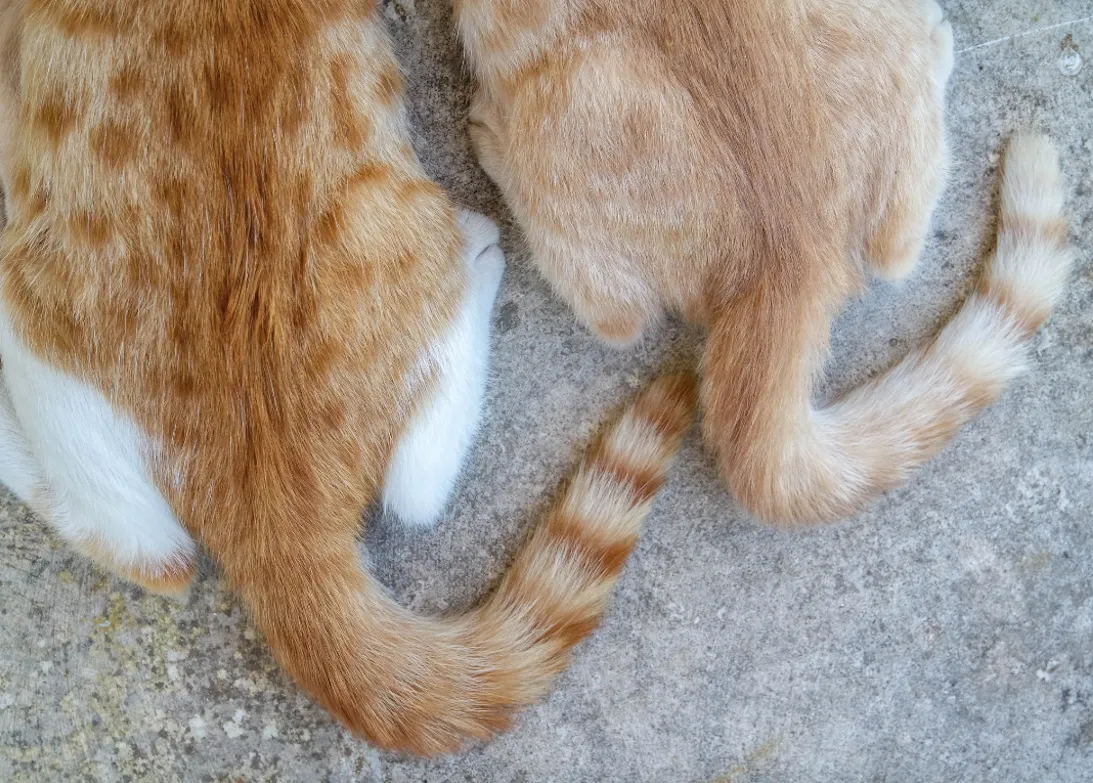
Answer #23: A tail
In 1983, just after she turned 12 years old, Koko the gorilla got her first pet kitten, which she named All Ball. Tragically, the kitten was struck by a car six months later. Koko mourned the loss by signing "cry," "frown," "sad," and "trouble."

Clue #24
- Clue: A relatively new breed of cat with very short legs bears the name of these little beings introduced in a 1900 book.
- Category: A Cat-egory
- Value: $800
- Date episode aired: March 2, 2006
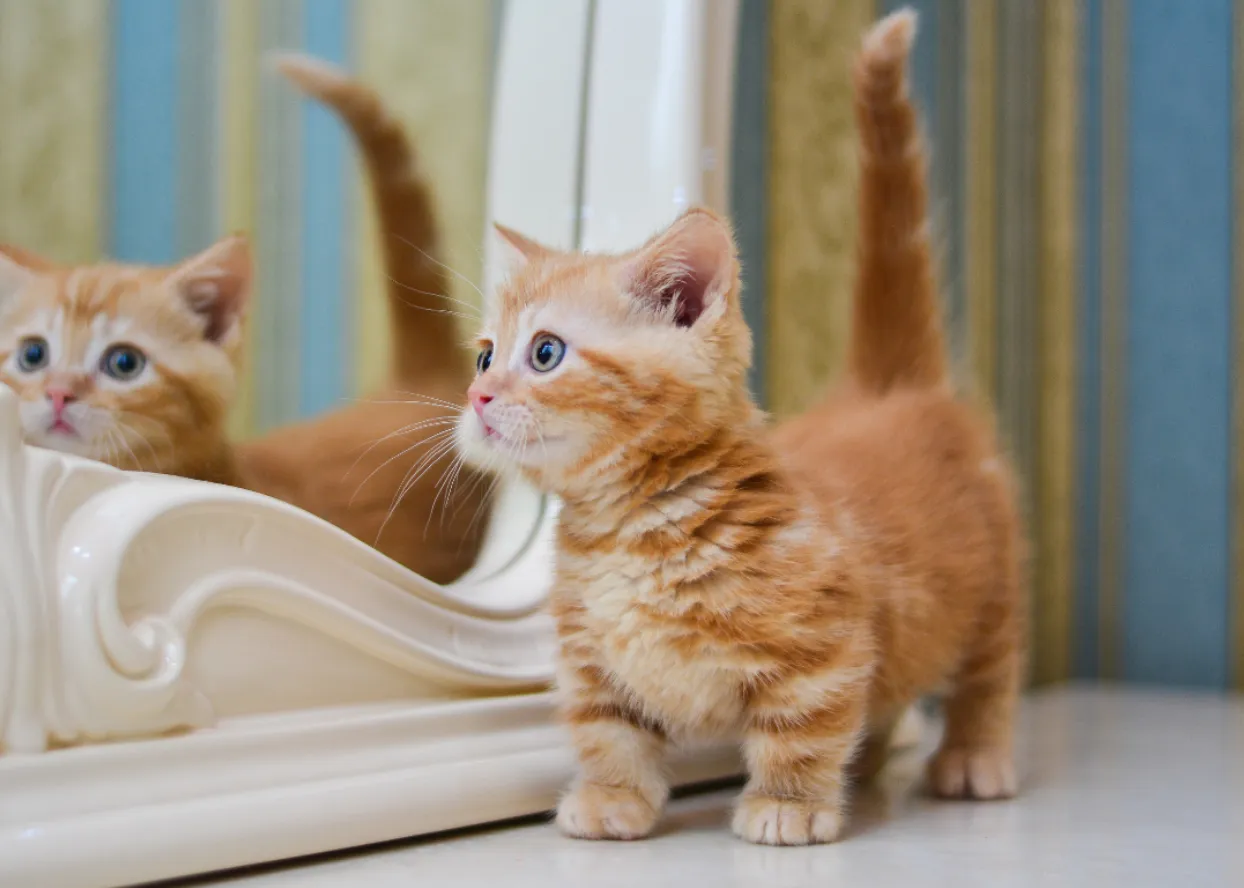
Answer #24: Munchkins
Similar in body shape to a dachshund, with its short, stubby legs, the munchkin cat has only been recognized by the International Cat Association since 1995. No other governing body will recognize the cat as an official breed because of the long-held belief that breeding these cats is unethical, as it encourages physical deformities (the short legs). However, munchkin cats face no other health problems and remain one of the fastest-rising domestic breeds.

Clue #25
- Clue: Britain's first cat show in 1871, included black, blue, and white types of this cat with a Mideastern heritage.
- Category: Cats
- Value: $600
- Date episode aired: May 19, 2004
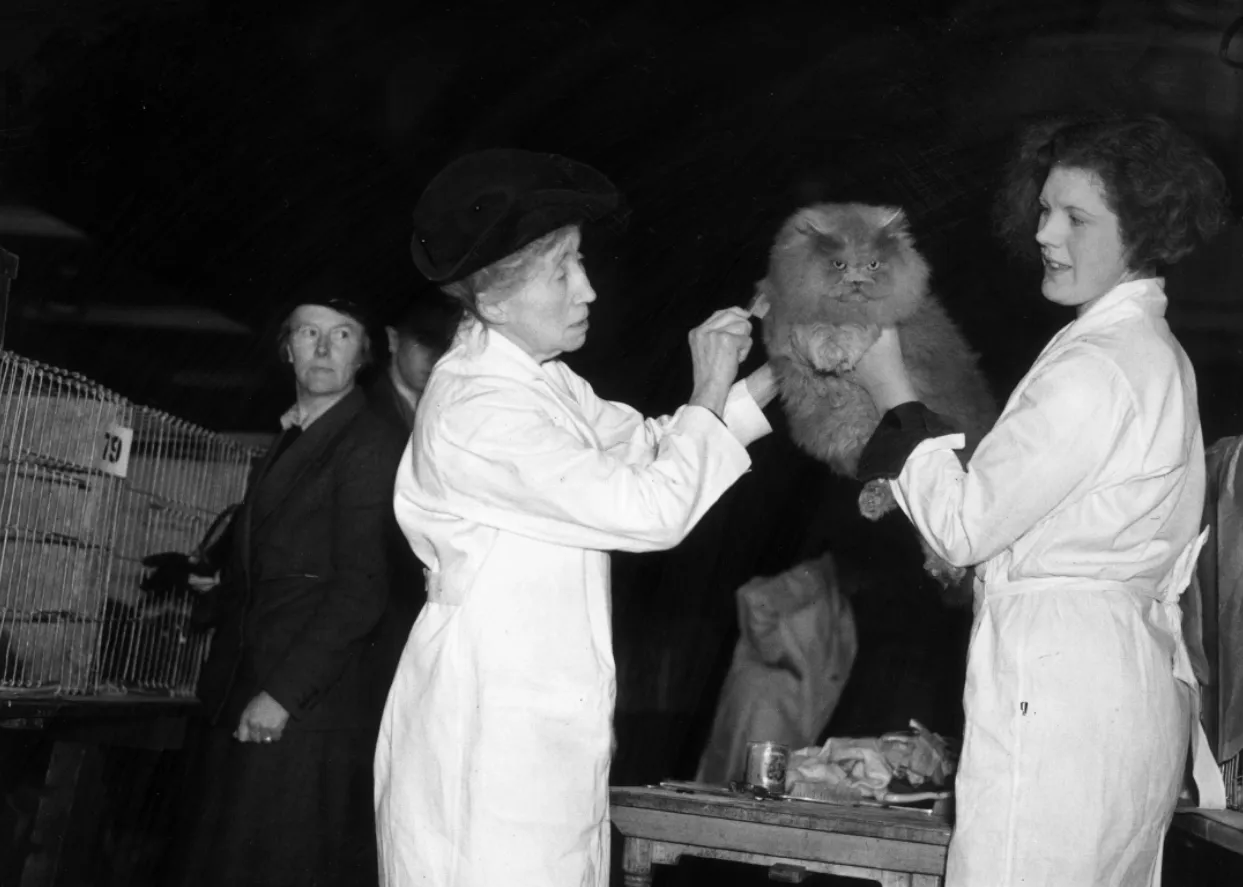
Answer #25: Persians
Harrison Weird organized Britain's first cat show in 1871, the Cat Fancy, which was held at the Crystal Palace in London and drew in more than 20,000 spectators. He established his own set of standards by which domestic and fancy cats could be judged. This project led to a slew of other competitive cat shows, many of which still exist in the country today.

























